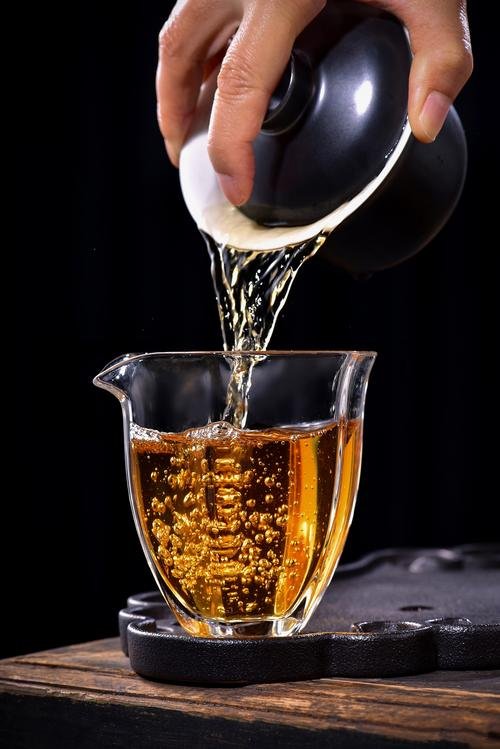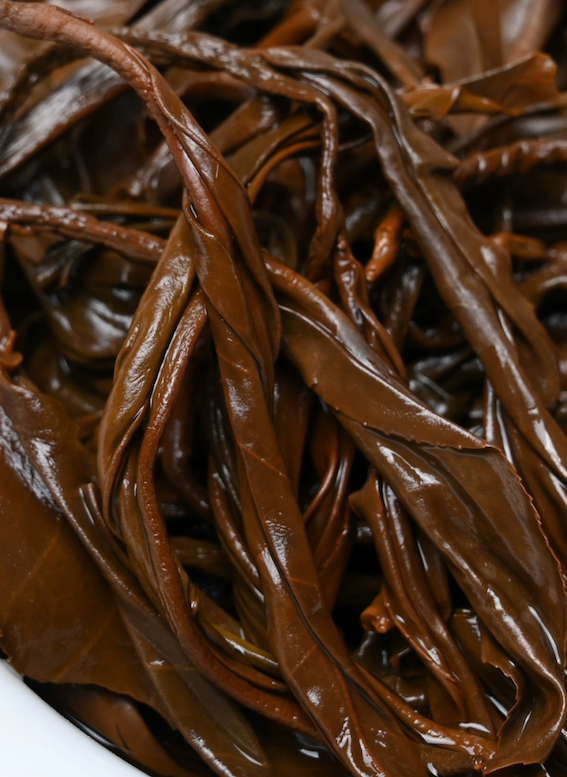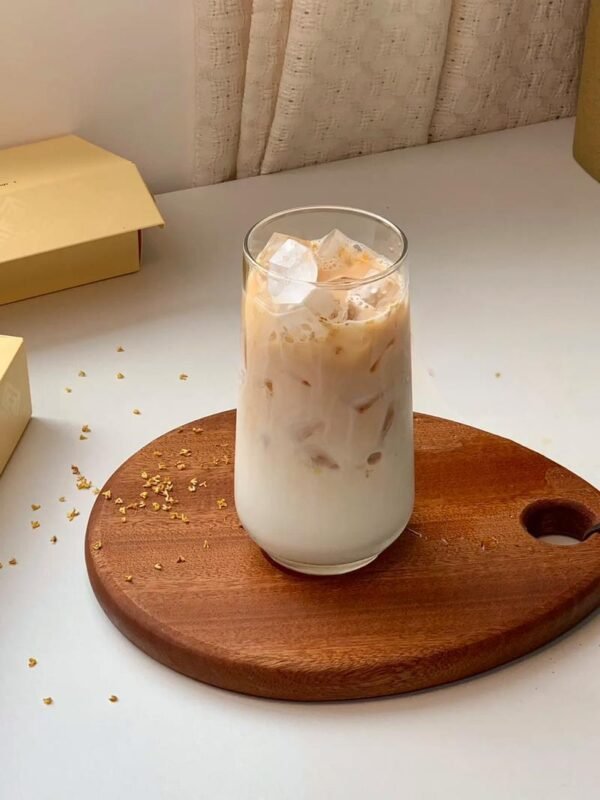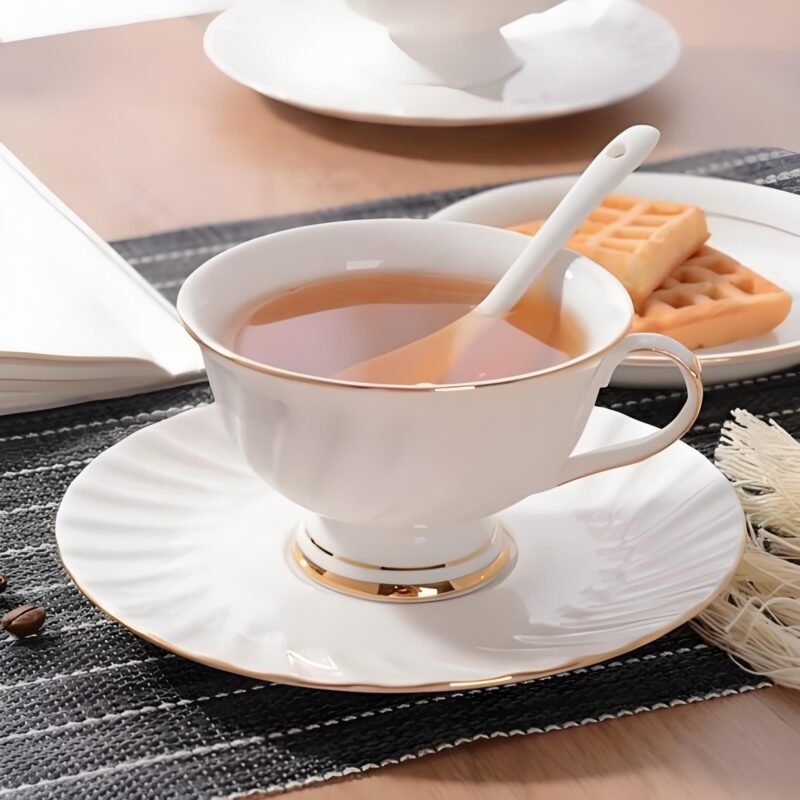How to Choose Tea Like a Pro: Expert Tips & Buying Guide

How to Choose Tea Like a Pro: Expert Tips & Buying Guide
How to Choose Tea?
Like a Chinese Tea Master (200+ Years of Family Secrets Revealed)
Tea is the story of a single leaf.” My family has been crafting tea for over 200 years across eight tea estates in China—the birthplace of tea with 4,000+ years of history. Here’s how to choose tea the right way, straight from the source.

When it comes to choosing tea, Chinese tea masters hold the ultimate authority—after all, tea originated in China with over 4,000 years of history.”
1. Centuries-Old Craftsmanship
- China produces the world’s only six true tea types (green, black, oolong, white, yellow, dark), each with distinct fermentation and firing techniques.
- Compare: India/Sri Lanka focus on black tea; Japan specializes in matcha—limited variety.
2. Unmatched Diversity (1,000+ Varieties)
- From floral Jasmine Silver Needle to earthy Pu’er, flavors adapt to every palate.
- Compare: British “breakfast tea” blends lack terroir; Japanese sencha is one-note.
3. Protected Terroir = Irreplaceable Quality
- Mountain microclimates (e.g., Wuyi’s “rock tea”) create unique minerality.
- Proof: Authentic Dahongpao from Zhengyan sells for 10x the price of imitations.
4. Scientifically Proven Health Benefits
- Chinese teas average 12% higher polyphenols than foreign teas (Zhejiang Uni study).
- Example: Longjing green tea has 3x more cancer-fighting EGCG than Assam black tea.
5. A Ritual, Not Just a Drink
- Tang Dynasty boiling → Song Dynasty whisking—every sip connects you to history.
How to Choose Tea for Your Needs (Expert Recommendations)
Purpose | Best Tea Choices | Why? |
Beginners | Tieguanyin, Jasmine Pearls | Floral aroma eases newcomers |
Energy Boost | Lapsang Souchong, Phoenix Dancong | High caffeine + smoky depth |
Wellness | Aged White Peony, Ripe Pu’er | Rich in gut-friendly microbes |
Gifting | West Lake Longjing (PDO) | Government-certified prestige |
3 Deadly Mistakes When Choosing Tea (And How to Avoid Them)
🚫 Myth 1: “Foreign Teas Are Higher-End”
- Truth: A single tree of Ancient Pu’er sold for $1.2M/kg—outpricing Darjeeling 100:1.
🚫 Myth 2: “Fancy Packaging = Better Tea”
- Pro Tip: Authentic Liu Bao dark tea uses bamboo baskets—plastic ruins aging.
🚫 Myth 3: “Price Equals Quality”
- Smart Hack: Request spring vs. autumn harvest samples—often 50% cheaper for similar quality.
Final Wisdom:Choosing tea isn’t about trends—it’s about trusting 4,000 years of refinement. Skip the supermarket blends. Seek PDO-labeled teas (like Keemun Black) and brew like the emperors did. Your taste buds—and health—will thank you.
Most people select tea based on taste alone—a disservice to its true value. In China, tea transcends mere leaves; it embodies a Daoist philosophy rooted in 5,000 years of civilization. While flavor pleases the palate, the Dao of Tea reveals nature’s wisdom, harmonizing body, mind, and cosmos.
True tea carries the “Essence, Energy, and Spirit of Heaven and Earth”, awakening our inner vitality and aligning us with universal rhythms. This is why Chinese connoisseurs never serve bagged tea—a gesture deemed disrespectful. Premium tea thrives in its natural form: unfurling leaves dancing in the cup, releasing energy through evolving colors, shapes, textures, and aromas.
Danju Jueluo Tea transcends sensory pleasure. Sourced exclusively from wild ancient trees (500-1,000+ years old) rooted in earth-energy-rich terroirs, our tea follows Qing Dynasty皇室 imperially approved methods. Zero pesticides, zero additives—each gram is a museum-grade rarity, with annual yields so limited that some trees require 1-year pre-orders. Owning it is a cosmic缘分 (yuanfen).
The Trinitarian Power of Danju Jueluo Tea
❶ Essence (精, Jing)
Our wild trees breathe pure mountain air. Their leaves release an earthy vitality that opens channels between humanity and nature.
❷ Energy (气, Qi)
Qi—the life force—propels bodily functions and defends against illness. Grown in geomantically potent “dragon vein” lands, our tea radiates such intense Qi that sensitive drinkers report:
- Heat waves coursing through meridians
- Sweat streaming along the spine
- Warmth pulsing at the Baihui (crown) and Yongquan (sole) acupoints
❸ Spirit (神, Shen)
Beyond physicality, our tea elevates consciousness. Sip mindfully, and you may:
- Visualize ancient tea forests in meditation
- Experience heightened mental clarity
- Enter states akin to Daoist/Buddhist cultivation
A Legacy of Imperial Alchemy
Founded by Madame Lianlian, descendant of the Magiya clan (Bordered Yellow Banner nobility), Danju Jueluo revives tea reserved for Qing emperors (1614 onward). Her ancestors’ estates straddled imperial dragon veins, where emperors built temporary palaces to savor their legendary brews.
Why We Outshine Ordinary Teas
Factor | Danju Jueluo | Mass-Produced Teas |
Source | Wild 500+-year-old trees | Cultivated bushes |
Terroir | Geomantic “dragon veins” | Flat plantations |
Energy | Wu Xing (五行) balanced | Mechanically processed |
Yield | 8-12 kg/year per tree | Tons/hour harvests |
Clients | Emperors, modern elites | Commodity markets |
Danju Jueluo: Not Just Tea, but a Portal to China’s Living Dao.To drink it is to commune with centuries of wisdom—a privilege once reserved for emperors, now shared with the worthy few.





